 The opossum, often simply called possum, may look like a giant rat and may sometimes act like one, but it is a phenomenally special creature that is of great benefit to human kind. Does that sound a bit far-fetched? It might, but read on so you can decide if their occasional garbage can invasions are worth the trouble. Opossums could be saving your life!
The opossum, often simply called possum, may look like a giant rat and may sometimes act like one, but it is a phenomenally special creature that is of great benefit to human kind. Does that sound a bit far-fetched? It might, but read on so you can decide if their occasional garbage can invasions are worth the trouble. Opossums could be saving your life!
The only Marsupial in the U.S.
Being the only marsupial in the U.S. and Canada, the amazing animal deserves a lot more credit than it gets. First of all, the female gives birth to up to 20 joeys in a litter. They can be as small as honeybees when they are born. After their short 12 days of gestation, the shortest of any mammal, they have to crawl into their mom’s pouch. Those that survive the trip will spend 100 days nursing inside mom’s fur lined pouch before they begin venturing out, sometimes riding on mom’s back as she hunts for food.
Immune to venom
Another remarkable trait of the opossum is it’s immunity to various toxins, venom and stings from honeybees, scorpions, rattlesnakes and even botulism. They will eat just about anything, garden vegetables and the insects in the garden, snails, nuts, garbage, eggs, birds, mice, insects – the list goes on. They are known to be attracted to meat and will often be spotted munching on and being at risk for becoming road kill.
Eliminating 4,000 ticks per week
 While the opossum’ reproductive traits, immunity to poison and eat anything diet may not have impressed you this far, its ability to devour ticks might just do the trick. Ticks love to try and feed on opossums. The average opossum walking through the woods can have up to 200 ticks on it at a time. Only 3.5% of these ticks survive the feeding attempt. It is estimated that a single opossum might kill up to 4,000 ticks in a single week.
While the opossum’ reproductive traits, immunity to poison and eat anything diet may not have impressed you this far, its ability to devour ticks might just do the trick. Ticks love to try and feed on opossums. The average opossum walking through the woods can have up to 200 ticks on it at a time. Only 3.5% of these ticks survive the feeding attempt. It is estimated that a single opossum might kill up to 4,000 ticks in a single week.
It turns out these “ugly” marsupials are fantastic groomers. As they chew and lick at their fur they are “hoovering up ticks right and left, killing over 90% of these things.” By eating ticks, including those that carry Lyme Disease, I would say if they get in your garbage on occasion it is way worth it.
Short but valuable life
Opossums live short lives, few survive more than a year due to various factors such as becoming road kill themselves as well as being food for various predators such as coyotes. There main defense mechanism, playing dead, may do them more harm than good. Opossums generally like living near neighborhoods where it is warmer, there are more food sources and great places to make dens. The best thing you can do to keep them around is to not actively try to remove them from your property and keep an eye out for them when they are feasting on a flattened road-side delicacy.
A reputable barrier tick control company’s traditional barrier spray can eliminate up to 90% of ticks in your yard. With a little addition help from our opossum friends, our yards could be nearly tick-free this summer!
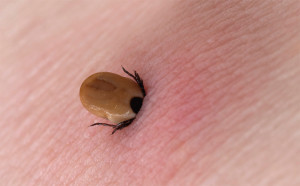

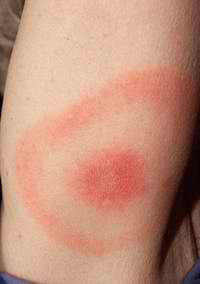
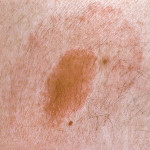
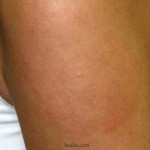
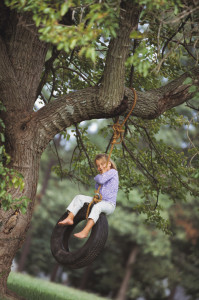

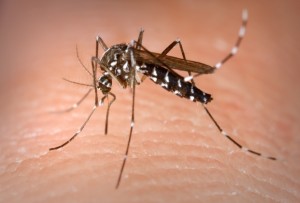

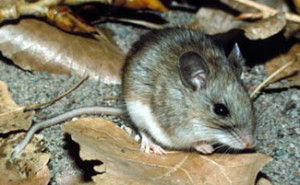

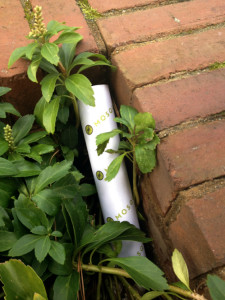

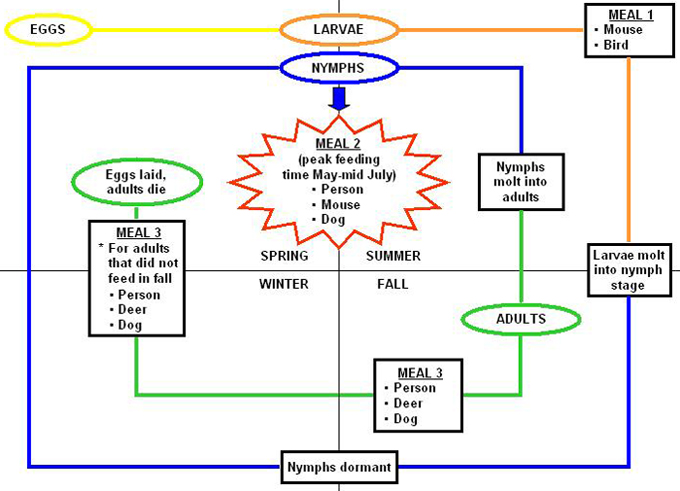

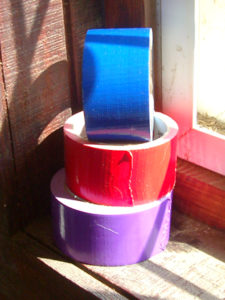 Where would repair people, mechanics and homeowners be without this 11th Wonder of the Fix-it World? Well, there’s yet another use for it when it comes to ticks. Before ticks become attached to your skin or your dog’s skin, tear off a piece of duct tape and “stick it to them”. Blotting up any ticks on the skin removes the tick and prevents them from becoming lost before you can throw them out. Use a big enough piece of tape to fold it over the tick after removing it and seal them inside. When you’re done, throw the tape in the trash. How easy is that?
Where would repair people, mechanics and homeowners be without this 11th Wonder of the Fix-it World? Well, there’s yet another use for it when it comes to ticks. Before ticks become attached to your skin or your dog’s skin, tear off a piece of duct tape and “stick it to them”. Blotting up any ticks on the skin removes the tick and prevents them from becoming lost before you can throw them out. Use a big enough piece of tape to fold it over the tick after removing it and seal them inside. When you’re done, throw the tape in the trash. How easy is that? It’s OK; this one isn’t as bad as it sounds. Since you have some privacy and your pants and lower garments are off it’s easy to spot any ticks on your skin. Ticks like to hang out for a free meal in grassy and brushy areas. They climb to a height anywhere from our ankles to knees. They dry out quickly in the heat and sun so they try to find shade ASAP. When they find you, that shade is under your clothes and not outside the fabric. Once they get near your skin, they begin looking for places where the skin is thin and where the biggest blood supply can be found. That is usually in the creases and folds of our skin, such as your waist and groin area.
It’s OK; this one isn’t as bad as it sounds. Since you have some privacy and your pants and lower garments are off it’s easy to spot any ticks on your skin. Ticks like to hang out for a free meal in grassy and brushy areas. They climb to a height anywhere from our ankles to knees. They dry out quickly in the heat and sun so they try to find shade ASAP. When they find you, that shade is under your clothes and not outside the fabric. Once they get near your skin, they begin looking for places where the skin is thin and where the biggest blood supply can be found. That is usually in the creases and folds of our skin, such as your waist and groin area.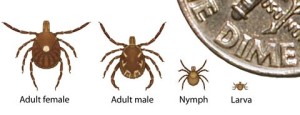
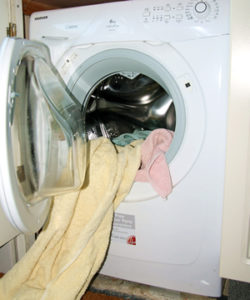 Hard ticks and soft ticks all need moisture, especially hard ticks like deer ticks. Other soft ticks take a bit longer to dry out. So tip #3 is to put the clothes you wore outside in the dryer as soon as you come indoors. Do this before washing them. Ten minutes on high heat will dry out hard ticks and 15+ minutes will dry out the softer ones. Washing won’t destroy ticks, no matter how hot the water. Remember, they need moisture and are active in warm months so warmth and water are their two best friends. Very dry and hot are their worst nightmare. Once your clothes are finished in the dryer, wash them knowing you won’t be releasing any ticks into your closets or clothes hamper.
Hard ticks and soft ticks all need moisture, especially hard ticks like deer ticks. Other soft ticks take a bit longer to dry out. So tip #3 is to put the clothes you wore outside in the dryer as soon as you come indoors. Do this before washing them. Ten minutes on high heat will dry out hard ticks and 15+ minutes will dry out the softer ones. Washing won’t destroy ticks, no matter how hot the water. Remember, they need moisture and are active in warm months so warmth and water are their two best friends. Very dry and hot are their worst nightmare. Once your clothes are finished in the dryer, wash them knowing you won’t be releasing any ticks into your closets or clothes hamper.